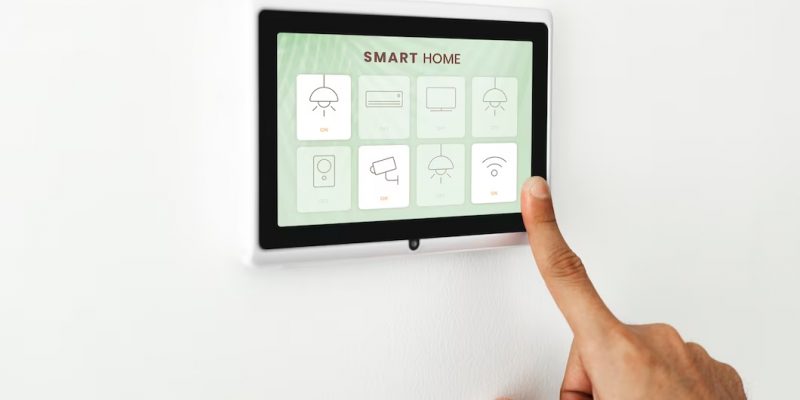Described variously as inner calm, tranquility, or contentment, peace of mind is an elusive but valuable state. It’s a place where you can find your zen in the midst of chaos and stress.
Sensor range is different from transmission range, and the latter typically refers to how far the transmitter can send a signal to the receiver inside your house. A good system should reach a half mile or more.
Sensors That Detect Motion
Driveway alarms are devices that can alert you to anyone entering your property, whether you’re expecting a solicitor or someone you don’t know. Unlike doorbells and other security systems that can be easily tampered with or shut off by those who don’t want to be disturbed, these alarms will let you know right away when there is movement on your land.
These alarms typically consist of two main components, a sensor that detects motion and a receiver that alerts you of the presence of the movement. Most are wireless, making them easy to set up and operate. Wired models are also available, but require professional installation and usually cost more than the wireless varieties.
Some sensors use passive infrared technology to detect the heat signature of cars, people, and animals. Others rely on magnetic probes to sense the metal in cars, trucks, and other vehicles. These are often more sensitive and may be triggered by pets, but some come with sensitivity settings to minimize pet triggers.
Detecting Unwanted Intruders
Using the same basic technology as home security systems, driveway alarms can help detect unwanted people or vehicles. They use a sensor to detect movement and a receiver that sounds an alert when the motion is detected. They’re also a good choice for those who want to keep an eye on their property and don’t have the budget for a full-scale home security system.
Driveway sensors vary in the type of object they can detect, from PIR models that use heat patterns to detect objects to magnetic models that can find metal (like cars). They can be wireless or hardwired and are able to be self-monitored or professionally monitored.
Depending on the type you choose, it may have several sensitivity settings so you can adjust it to avoid false alarms. It can also come with a long wireless range that works even when trees, walls, or other buildings are blocking the sensor’s line of sight.
Detecting Animals
Some driveway alarms have sensitivity settings that can be changed depending on what type of movement you want to monitor. This helps avoid false alarms from animals (such as cats or dogs) passing by. Some models are also designed to ignore the presence of car engines, which can reduce the number of alarms caused by people driving around your home.
Most traditional driveway alarms consist of two parts: a motion detector and a receiver. The sensor is battery-powered and installed outside of the home, aiming at the area you want to monitor. When it senses motion, the sensor sends a signal to the receiver inside your home, which sounds like an audible alert to let you know someone has come by.
Other more advanced options include smart driveway alarm that work with an app on your smartphone or can be linked to popular smart-home assistants. These often offer more specialized features, such as a customizable chime sound or the ability to connect with security cameras for instant access to a live feed.
Detecting Strange Sounds
With the right setup, a driveway alarm can help you detect strange sounds. These devices are designed to alert you when someone is on your property. Some can even call law enforcement or dispatch medical professionals to the scene.
You’ll want to consider the sensor and receiver range before purchasing a system. Sensor range is the distance a sensor can detect motion and will vary depending on your property size, shape, and the presence of trees and bushes.
For example, the Dakota Alert driveway alarm has a transmitter range of one mile and a receiver range of up to half a mile. The range is determined by the line of sight between the sensor wand and the receiver, which can be located in a window or other place within your home. This model can also be expanded to include up to three sensors and has 35 different alarm sounds that you can customize with the monitor.




















